The Russian military is improving frontline tactics, and they are inflicting heavy damage to the Ukrainian troops on the ground, Ukraine armed forces’ Eastern Group commander Col. Gen. Oleksandr Syrskyi, has said.
“Of course, the enemy analyzes the results of its actions, draws certain conclusions, and improves the tactics of using troops,” said Syrskyi when asked about the changing Russian tactics on the battlefield in an interview with the Interfax-Ukraine agency on April 25.
Syrskyi mentioned the separate ‘Storm’ assault units designed by the Russians to recapture lost positions while describing Russian offensive operations.
“To create favorable conditions for conducting assault operations, the enemy actively uses tank and artillery units (including from closed firing positions), inflicts heavy fire damage on our troops, destroys the positions, after which the assault units go on the attack,” he explained.
He highlighted the Russian commander’s effective use of unmanned aerial vehicles (UAVs) for adjusting artillery fire and controlling his subordinate personnel.
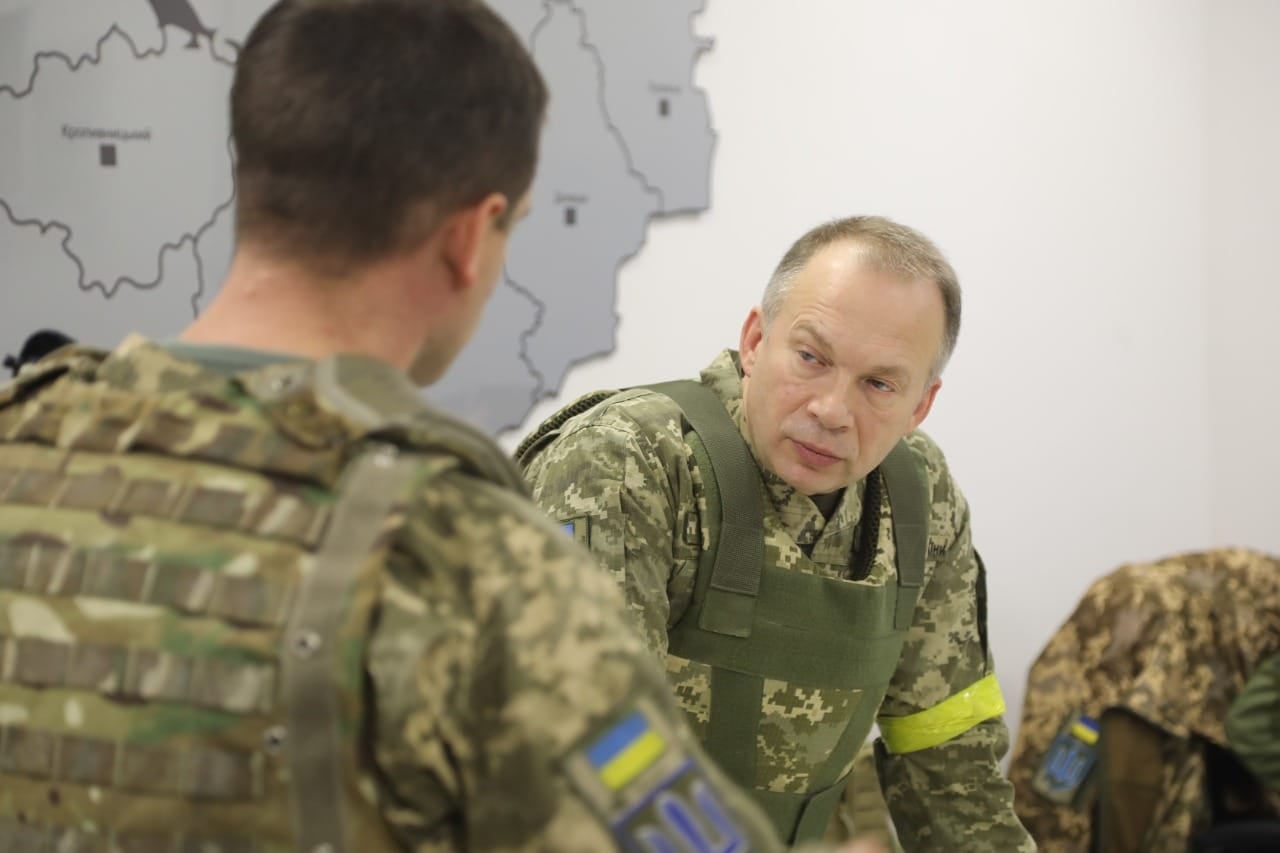
While in urban settings, Syrskyi said, the Russian forces fire artillery barrages for long durations on Ukrainian positions while a group of up to ten people with small arms storm those positions directly.
Usually, these assaults are conducted in “3-4 waves,” according to Syrski, who also highlighted that the losses of the assault groups “are promptly replenished by the evacuation group from the distribution points.”
“The commanders of the assault groups use smartphones with the special software ‘Alpine Quest GPS,’ which shows the coordinates of the positions of our fire equipment, the objects of attack, the routes of advance to them, as well as the tasks of neighboring units,” he continued.
‘Storm’ Assault Units
The recent remarks made by Syrski seem to align with the description of Russian assault units and their armament in the Russian Army manual allegedly captured by the Ukrainian military, which the EurAsian Times discussed at great length previously.
Notably, the ‘Storm’ assault unit usually comprises an assault company, with one or two tanks and several Armored Personnel Carriers (APCs), used to transport infantry to the frontlines or as maneuverable fire support using their automatic cannons.
The assault company is the central unit of an assault detachment, centered around two assault platoons consisting of 12-15 personnel reinforced by three fire support platoons.
Overall, it has a command unit, a UAV team, assault platoons, an artillery support platoon, a fire support platoon, an armored fighting vehicle (AFV) group, a reserve group, and a medevac section.
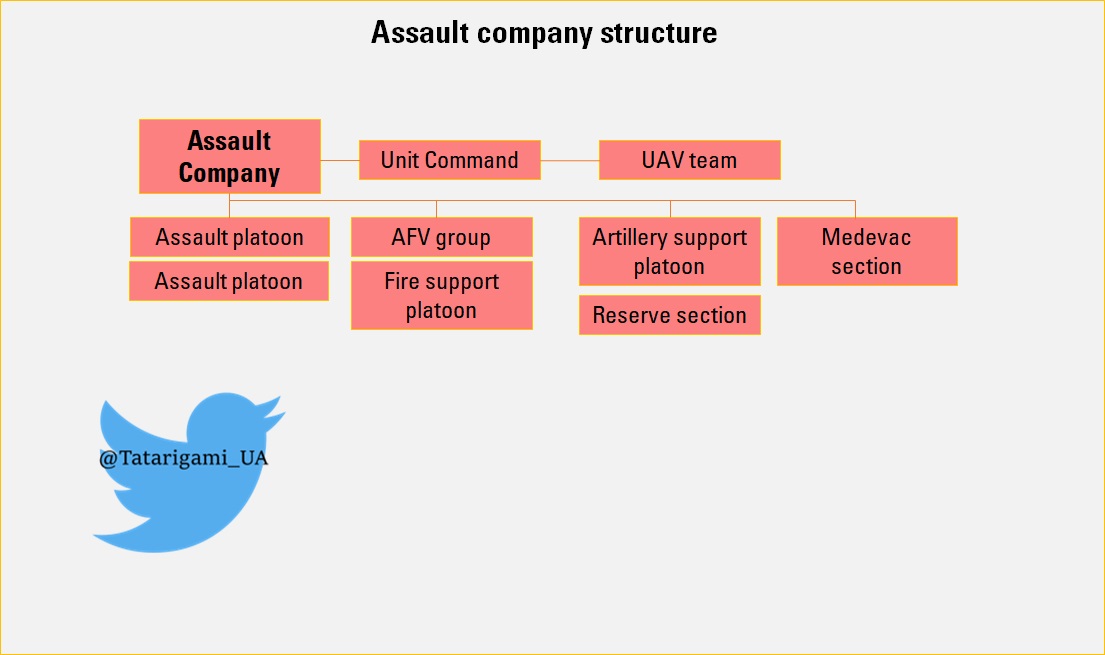
The artillery support platoon has one D-30 howitzer or 2S9 vehicle and two medium 82-millimeter mortars or heavier 120-millimeter systems. The mortars are assigned to assault platoons’ company commanders who control the howitzers.
The fire support platoon is equipped with various direct-fire support weapons, including two AGS-17 grenade launchers, two Kord heavy machine guns, two long-range anti-tank guided missile launchers, and possibly two long-range sniper teams.
The AFV group comprises one T-72 MBT and four BMP fighting vehicles or lightly armored BMD-2 vehicles.
However, as stated earlier, these troop-carrying vehicles do not blend into the infantry squad as Russian mechanized units are known to be, cause their primary role seems to be maneuverable fire support using their automatic cannons, with troop transport being a secondary role.
From an operational standpoint, they can remain grouped or be dispersed between assault platoons. Apart from that, there is also one MBT for heavier fire support.
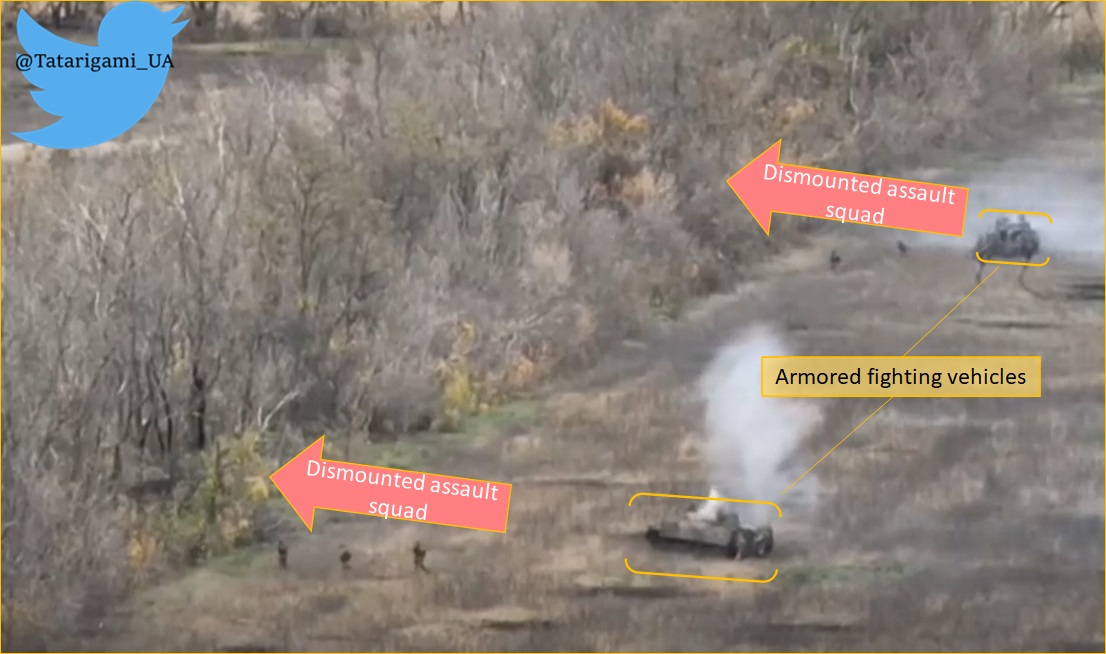
The assault units are said to begin moving in on Ukrainian positions within a minute of the end of the supporting artillery bombardment.
And soon after the artillery fire ends, the fire support teams open fire with AGLs/RPGs and a machine gun to suppress the defenders and prevent them from taking any measures, allowing the assault teams to advance toward the Ukrainian positions.
According to a famous Twitter handle named @Tatarigami_UA, belonging to a Ukrainian Army reserve officer, the Russian command seems to have decided to form the ‘Storm’ assault units after being influenced by successful advances in the Bakhmut region by the Wagner PMC (Private Military Company) forces.
These storm assault units are formed for breakthrough assault missions, and @Tatarigami_UA notes that some of them “have proven to be formidable in assault missions.”
“Their adaptability and flexibility allow them to successfully locate and engage weak points in static and non-maneuverable defenses,” says @Tatarigami_UA.
However, he also points out that not all storm units are equally competent, as some of them have received extensive training and experienced instructors to build teamwork, while others have been hastily assembled, resulting in varied levels of quality.
He further notes that certain storm units were transformed into “penal units,” where officials place disobedient or problematic soldiers and even extort soldiers by threatening them of transfer to these units.
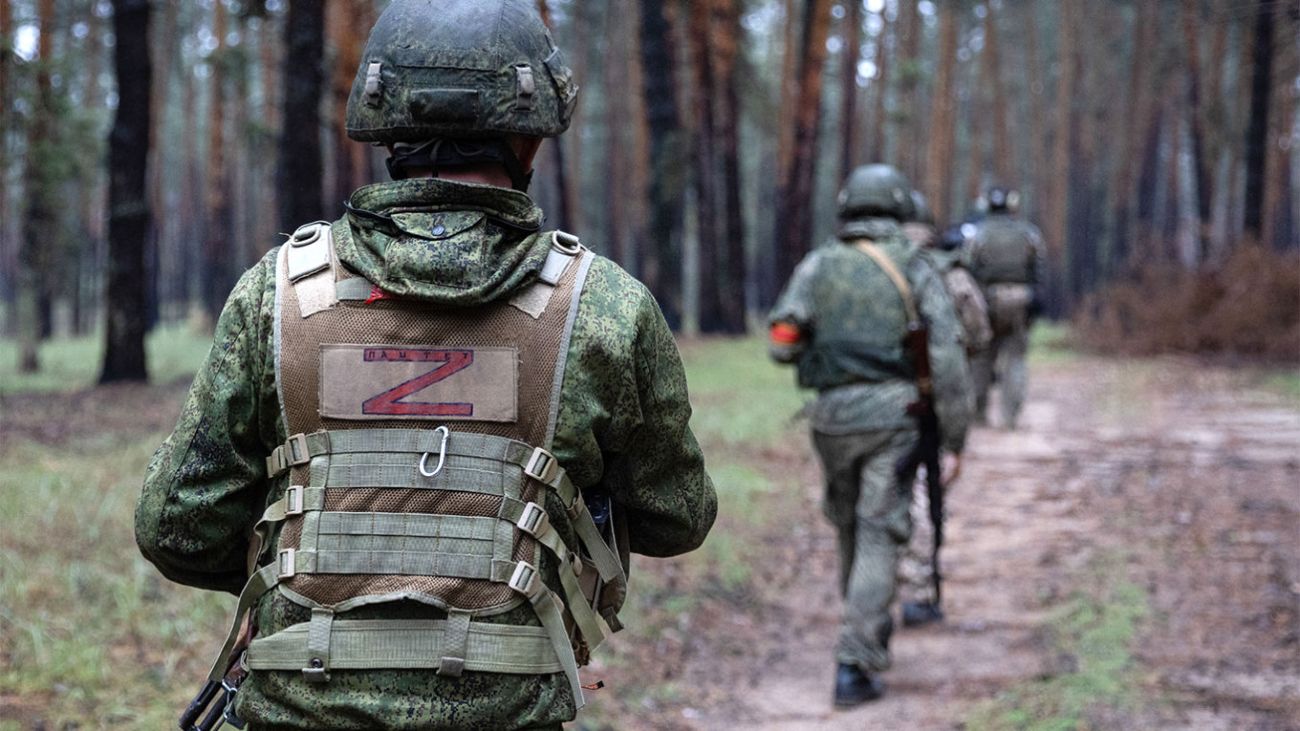
‘Temporary’ Assault Units
@Tatarigami_UA also mentions ‘Temporary’ assault units, explaining that these are different from the storm assault units integrated into a battalion, regiment, or brigade structure.
These temporary assault units are assembled within a regiment or battalion for a specific assault operation and tailored to that mission’s specific requirements. They do not have a definite number, name, structure, armament, or even regular commanders.
Once the mission is completed, these assault formations are disbanded, and soldiers return to their regular platoons and companies until the next mission.
For example, if the Russian commanders decided to attack a trench with only around ten Ukrainian soldiers with no significant anti-tank weaponry, they could form an assault group of about 50 soldiers and support it with a few tanks to increase the likelihood of success.
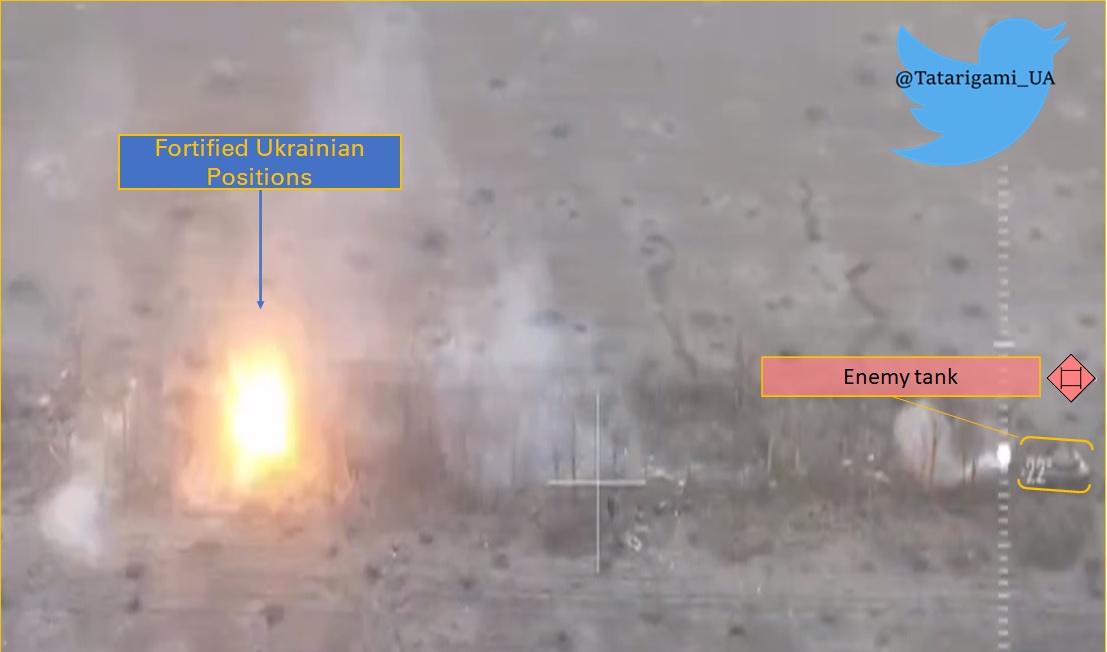
@Tatarigami_UA notes that these temporary assault units do not receive additional training or time to build unit coordination, and therefore they often lack proper communication and find it challenging to coordinate.
Also, these temporary assault formations tend to retreat after initial losses and have been deceived by their commanders into premature assaults under false pretenses, such as purported destruction of Ukrainian positions by artillery fire, according to @Tatarigami_UA.
- Contact the author at tanmaykadam700@gmail.com
- Follow EurAsian Times on Google News




